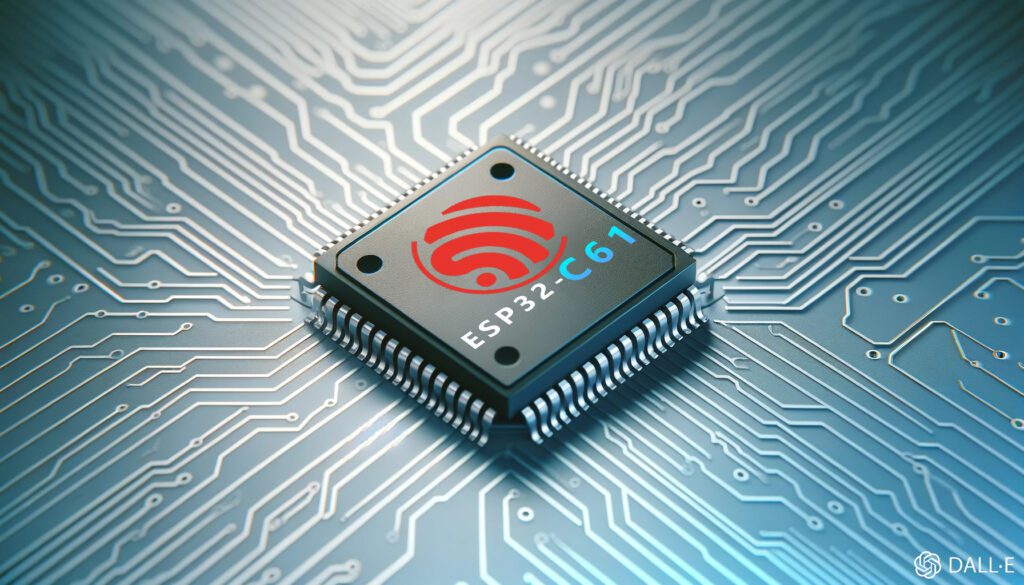The ESP32 microcontroller, widely used in DIY security tools, IoT devices, and embedded systems, is known for its affordability and extensive feature set. However, several vulnerabilities have been discovered, allowing attackers to exploit hardware and software weaknesses. These vulnerabilities raise concerns about the security of devices utilizing ESP32, particularly in environments where robust security measures are crucial. In this article, we explore major ESP32 chip vulnerabilities, focusing on secure boot, flash encryption, and fault injection attacks.
Understanding the ESP32 Chip and Its Security Features
The ESP32, developed by Espressif Systems, is a low-cost, low-power system-on-chip (SoC) with integrated Wi-Fi and Bluetooth. It is widely used in IoT projects, industrial automation, and DIY security applications. Espressif provides several built-in security features to protect the chip from unauthorized modifications and attacks, including:
- Crypto Hardware Accelerators: AES, SHA, and RSA support for cryptographic operations.
- Secure Boot: Ensures that only signed firmware is executed.
- Flash Encryption: Protects firmware confidentiality.
- JTAG Debugging Protections: Prevents unauthorized debugging.
Despite these measures, security researchers have identified several vulnerabilities that can be exploited using fault injection, voltage glitching, and side-channel attacks.
Secure Boot Bypass: Exploiting Symmetric Encryption Weaknesses
Secure Boot is designed to prevent unauthorized firmware execution by verifying digital signatures. However, researchers have demonstrated a method to bypass secure boot by leveraging voltage glitching attacks.
How the Secure Boot Bypass Works:
- Secure Boot Key Extraction: The secure boot process relies on a symmetric AES key stored in fuses, which should be unreadable.
- Glitching the Bootloader Verification: Attackers can induce faults in the bootloader verification process, causing the ESP32 to execute unsigned firmware.
- Exploiting Design Flaws: The secure boot process relies on AES-256 encryption but does not use asymmetric cryptography, making it easier to exploit.
Implications of Secure Boot Bypass
- Attackers can execute arbitrary code, potentially leading to persistent malware installation.
- Devices relying on secure boot for authentication are vulnerable to unauthorized firmware modifications.
- Espressif has acknowledged the issue and introduced fixes in newer revisions, but millions of devices remain vulnerable.
Flash Encryption Weaknesses: Extracting Sensitive Data
Flash encryption is meant to prevent firmware extraction by encrypting stored data. However, vulnerabilities in the ESP32 allow attackers to retrieve the encryption key through glitching attacks.
How Flash Encryption Can Be Compromised:
- OTP (One-Time Programmable) Fuses Glitching: Attackers target the OTP fuses, where the encryption key is stored, by introducing faults during the boot process.
- Statistical Analysis for Key Recovery: By collecting multiple readings of the extracted key, an attacker can reconstruct the original encryption key.
- Firmware Decryption and Modification: Once the key is known, attackers can decrypt firmware, extract credentials, or modify the code to introduce backdoors.
Consequences of Flash Encryption Bypass
- Compromised firmware integrity allows attackers to inject malicious code.
- Intellectual property theft as proprietary firmware can be extracted.
- Attackers can reverse-engineer encryption mechanisms, leading to further exploits.
Voltage Glitching and Fault Injection Attacks
Voltage glitching is a well-known attack technique used to manipulate a chip’s execution flow by injecting power supply disturbances. In the case of ESP32, researchers have demonstrated that:
- Voltage glitches can disrupt security mechanisms, such as secure boot and encryption routines.
- Glitches can be precisely timed to affect cryptographic computations, leading to key leakage.
- Simple setups using off-the-shelf components can reliably execute these attacks, making them accessible to adversaries.
How Attackers Exploit Voltage Glitching
- Identifying the Power Domains: ESP32 has separate power domains, and targeting the CPU domain can induce faults.
- Triggering Faults During Crypto Operations: Attackers inject glitches during AES key loading or during boot verification.
- Automating Attacks for Reliable Exploitation: Python scripts and microcontrollers can automate the glitching process, making it repeatable.
Mitigations Against Fault Injection Attacks
- Use hardware-based fault detection mechanisms.
- Implement redundancy checks in secure boot validation.
- Monitor power fluctuations to detect anomaly-based attacks.
Mitigating ESP32 Vulnerabilities in DIY Security Tools
Developers using ESP32 in security applications should take the following precautions:
- Use the latest ESP32 revisions that incorporate hardware fixes.
- Enable all available security features (e.g., JTAG locking, hardware random number generator).
- Consider additional security layers, such as external tamper detection sensors.
- Regularly update firmware to patch known vulnerabilities.
Final Thoughts: The Security Dilemma of ESP32 in DIY Projects
ESP32 is a powerful and cost-effective microcontroller, but its vulnerabilities pose significant risks when used in security-sensitive applications. While Espressif has taken steps to improve security in newer chip revisions, many DIY security projects continue to use older, vulnerable versions. Developers must be aware of these risks and implement additional security measures where possible.
By understanding and mitigating these vulnerabilities, users can continue leveraging ESP32’s capabilities while ensuring that their DIY security tools remain robust against potential attacks.
Are you using ESP32 in your projects? Share your security challenges and solutions in the comments below!


